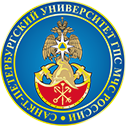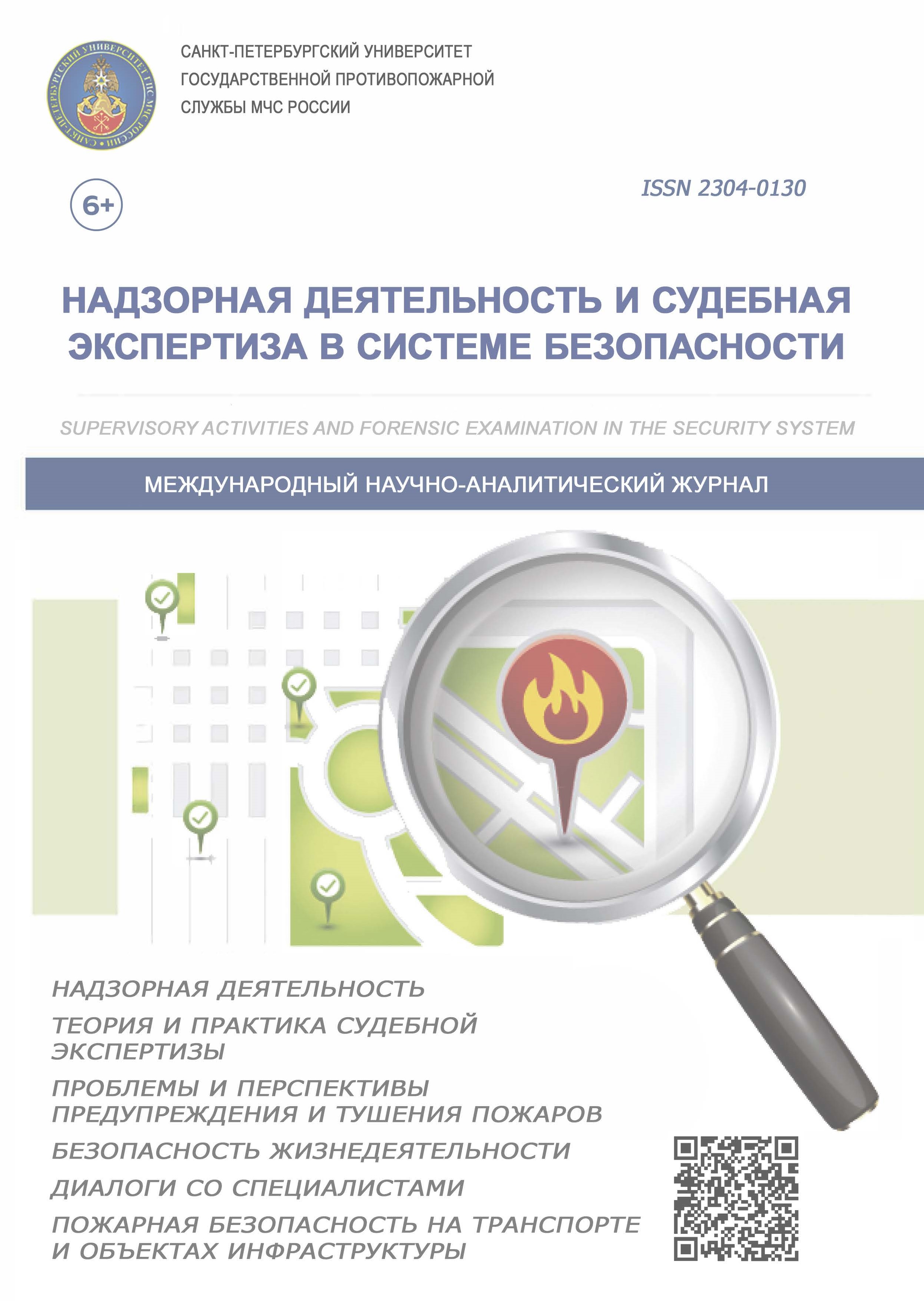Russian Federation
student
Russian Federation
The analysis of modern fire risk assessment methods is carried out in order to develop recommendations for their implementation. The main classes of techniques, their advantages and limitations are considered, as well as recommendations for their adaptation in various operating conditions are given. The main focus is on improving the efficiency in use of these techniques in various industries and situations. Additionally, the influence of various factors is analyzed, such as the structural features of buildings, the availability of automatic fire extinguishing and smoke extraction systems, as well as organizational measures to ensure fire safety. Special attention is paid to the comparative analysis of deterministic and probabilistic risk assessment methods, as well as the prospects for their integration with modern digital technologies, including machine learning and artificial intelligence systems. Examples of practical application of various techniques in real conditions and their impact on reducing fire risks are considered.
fire risk, fire safety, assessment, data analysis, prevention, risk management
1. Technical regulations on fire safety requirements: Federal law of the Russian Federation dated July 22, 2008 № 123-FZ. Access from the information and legal portal «Garant».
2. On approval of the methodology for determining calculated fire risk values in buildings, structures and fire compartments of various functional fire hazard classes: Order of EMERCOM of Russia dated November 14, 2022. № 1140. Access from the information and legal portal «Garant».
3. Belousov V.A. Fire risk assessment at various facilities: methods and recommendations. Moscow: Safety Technology, 2020. 254 p.
4. The EMERCOM of Russia. URL: https://mchs.gov.ru/ (date of reference: 27.01.2025).
5. Drysdale D., Wiley J. An introduction to fire dynamics, 2011. 545 p.
6. Melnikov A.V. Fire risk assessment: theoretical foundations and practice. M.: Pozhnauka, 2018. 326 p.
7. NFPA. Fire risk assessment methods. URL: https://www.nfpa.org/codes-and-standards (date of reference: 11.01.2025).
8. ISO 16732-1:2012. Fire safety engineering. Fire risk assessment. URL: https://www.iso.org/standard/54789.html (date of reference: 25.01.2025).
9. Ivanov S.P., Kuznetsov I.N. Fire risks: classification, assessment and management. SPb.: Book of science, 2018. 286 p.
10. Semenova L.V., Mikhailov K.P. Analysis of fire risk and development of recommendations for its reduction. N. Novgorod: National Research University, 2021. 307 p.







